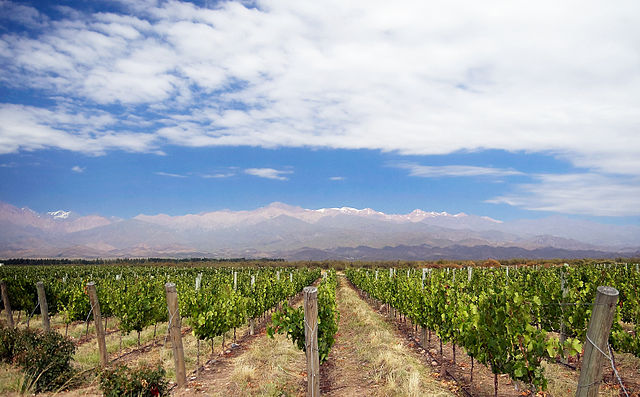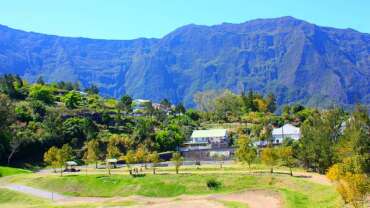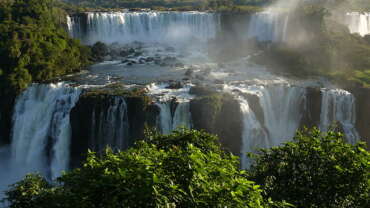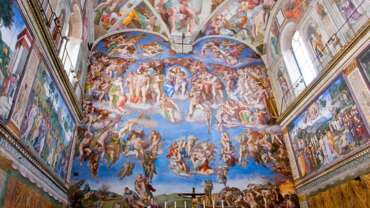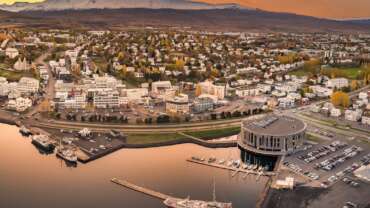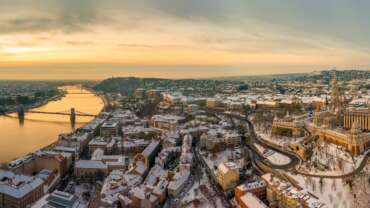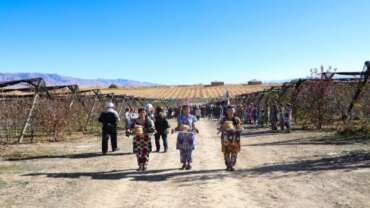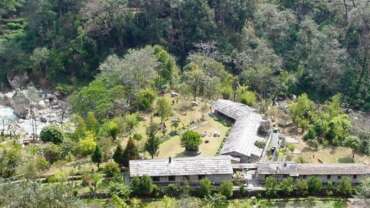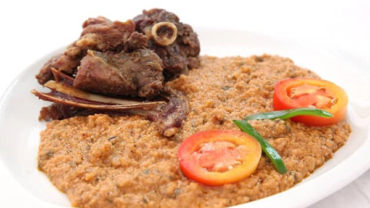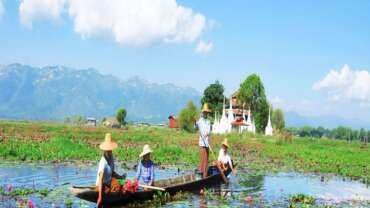Author's cuisine in the cradle of Malbec
With the Andes Mountain Range in the horizon, Mendoza can be tasted in restaurants and parrillas in the downtown, in estates near the mountain, in a gourmet restaurant in the vineyards. To the heat of the embers, in the clay oven where they cook kid goat and lamb.
From the heart of the most awarded cuisines in the country, authentic flavors arise which are treated with the well-deserved rank of a work of art. These dishes are always accompanied by excellent wines: young and aged wines, fresh rosé, perfumed white wines, irresistible sparkling wines.
Mendoza, the land of wine, is also a land of olive trees. At the foot of the Andes, delicious dry fruits are grown – nuts, almond, and chestnut. There also are delicious fresh fruits: apple, peach, pear, prune, watermelon, cantaloupe.
A variety of flavors and textures combine in the cuisine of this wine making land, influenced by the culinary legacy of Italian and Spanish immigrants. In a perfect combination with the best wines, in Mendoza you can taste a tender kid goat roasted in a clay oven, or wood-roasted or plow disk-roasted. The Kid Goat Route continues throughout the south of the province and Lavalle.
In the south, the Trout Route also consolidates. When it comes to dessert, regional fruits jam and paste. The tablets filled with dulce de leche or alcayota, and the traditional cakes from Mendoza are a good complement for breakfast or lunch.
To see the sunrise or sunset, Mendoza offers delicious and fresh fruit juice. When it is time to make a toast, and although wine is always the first choice, you can also be tempted by the cheerful taste of traditional cider from Cuyo.
Wine Routes in Mendoza
In Mendoza, the Wine Routes are divided into four regions corresponding to the four oases of wine making: North, East, Valle de Uco and South.
In the North, at a closer distance from the capital city, there is the First Zone. Constituted by the districts of Guaymallén, Godoy Cruz, Maipú and Luján de Cuyo, it concentrates a large amount of all types of wineries. This is the most traditional area, in which Maipú (an oasis of vineyards and olive groves) is the cradle of wine, since the first vineyards in the country were found in this place, and Luján de Cuyo us the land of Malbec, since, in this location, this iconic vine develops exceptional conditions.
The East shows the largest extension of vineyards in the country and, since a few years ago it has reconverted its grapes and wineries to produce high-quality wines. White vines stand out in this area, which provide fresh fruity wines.
In the last years, Valle de Uco has become the star of Argentine wine. With a daily temperature range of 15º, and lands at the foot of the Andes, it produces high-altitude wines of remarkable quality.
Finally, the South area, and San Rafael at the top, apart from being an Adventure Tourism brand, presents important wineries, with a long tradition in wine making. Bonarda, among red wines, and Chardonnay, among white wines, which are the most remarkable vines.



